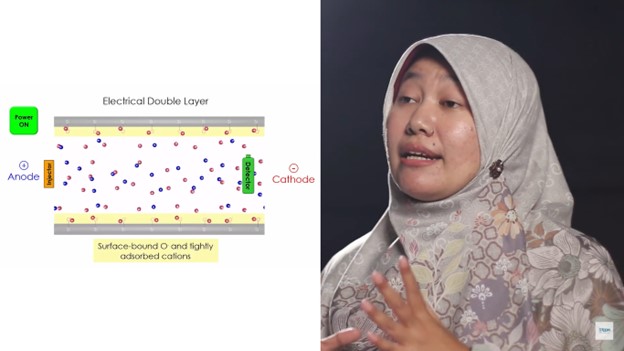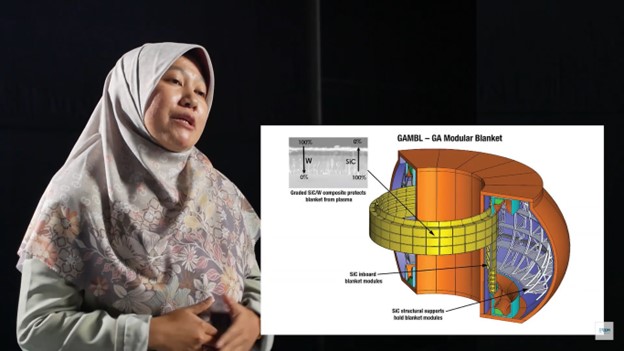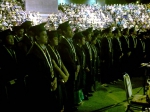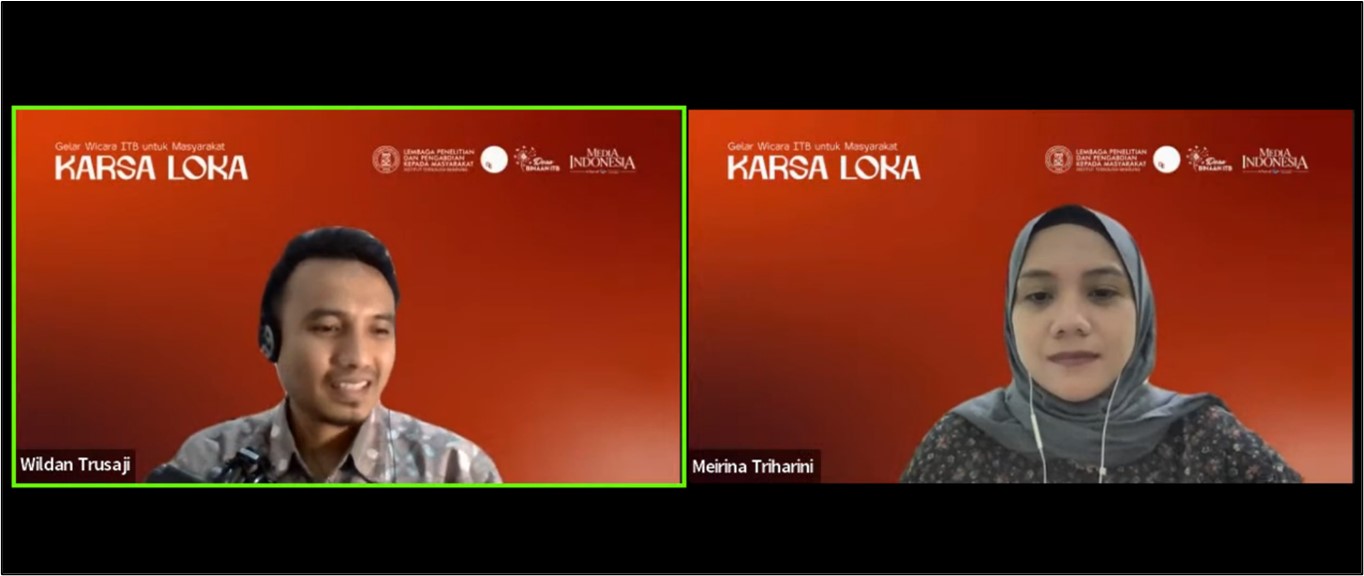Challenges and Prospects of Ceramics as an Alternative for Future Nuclear Reactor Materials
By Adi Permana
Editor Adi Permana

BANDUNG, itb.ac.id — The ITB LPPM Workshop Series was held once again to share the current scientific progression to the public on Friday (12/16/2022). In the latest session, Pipit Fitriani, Ph.D. from the Center for Nanoscience and Nanotechnology Research of ITB FMNS gave her presentation titled "Ceramic: The Challenges Faced and Opportunities Ahead". The topic is part of her research which focuses on ceramics and silicon carbide-based composites for structural applications of nuclear reactors.
The advanced ceramic material is different from traditional ceramics that are derived from clay. Silicon carbide (SiC) is one of the most important materials and the most widespread application of such material, which has excellent mechanical properties, high electrical conductivity, resistance to oxidation, and great stability when exposed to radiation. The unique property of SiC managed to attract the attention of researchers to develop it as a suitable material for nuclear reactors.
However, ceramics break easily, and SiC is no exception to this nature; it requires special treatment to minimize its risk of damage during application. Researchers have discovered a breakthrough of re-strengthening the original SiC structure by adding CMC (Ceramic Matrix Composite).
"We can imagine this SiC fiber sheet as a bamboo matting that has a hole between the sides of the webbing,” Pipit explained. “We fill the hole with other materials so that the new webbing is denser and stronger. With the same concept, the holes in the SiC fiber will be filled with SiC powder to obtain a denser and stronger SiC that can withstand large pressure or force."

To produce a CMC with maximum performance, there are at least three key factors to consider. The first factor is the fabrication method. In her latest research, Pipit developed the EPD (Electrophoretic Deposition) fabrication method that is continued with heating. This method utilizes the electrical force on the charged material to attach to the desired layer. It is arguably effective for producing dense CMC with the maximum density reaching 97%.
The second factor is CMC optimization via simulation, carried out to estimate the heating process and determine more complex CMC geometric models with good resistance and density. CMC optimization also helps in minimizing risk factors that may occur due to the geometric structure of CMC and its inhomogeneous heating process.
>
The third factor is the evaluation of CMC performance in radioactive environments. Testing is performed by firing ions/protons on the surface of CMC under a given time. If the CMC is stable, damage can be minimized or even observed over a long period of time. Results of the studies on various kinds of CMC with various added materials revealed that these materials are crucial in maintaining stability against radiation.
"If we want to witness the transition of fossil energy that is increasingly limited, nuclear energy that is more environmentally friendly is certainly needed soon. With the discovery of CMC as an active material for safer nuclear reactors, Indonesia should be able to consider more seriously on the use of nuclear energy for realizing sustainable energy management," Pipit concluded.
Reporter: Hanifa Juliana (Urban and Regional Planning, 2020)
Translator: Ruth Nathania (Environmental Engineering, 2019)

.jpg)

.jpg)
.jpg)
.jpg)

